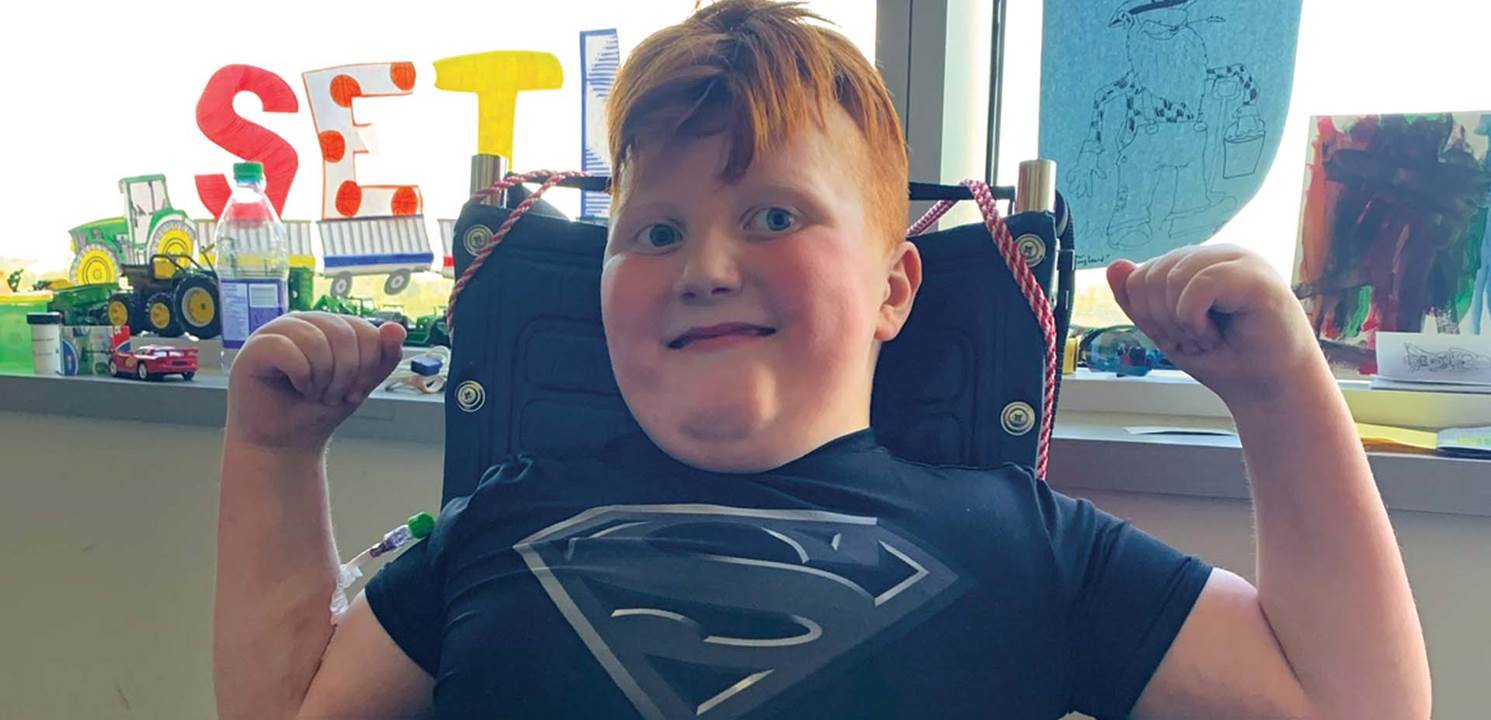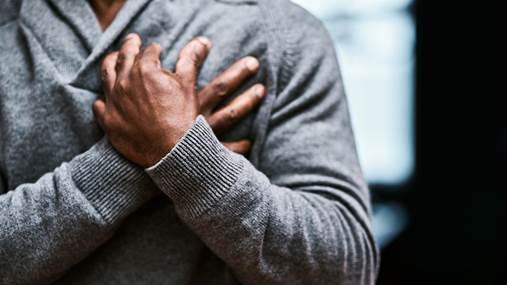What is an AED?
An automated external defibrillator (AED) is an easy-to-use, portable device that can restart the heart of a person who is in cardiac arrest.
If someone unexpectedly collapses, is unresponsive and not breathing, that person is likely experiencing cardiac arrest. Their heart has stopped beating and their blood is no longer circulating oxygen to the brain, heart and vital organs. The person is at a high risk of dying, and every second counts.
You could help save a life if you respond quickly and take these actions.
- Call 9-1-1 for help and shout to another bystander to get an AED.
- Start CPR (cardiopulmonary resuscitation) to keep the blood circulating.
- Use an AED as soon as one is found to restart the heart.
Doing CPR – placing the heel of your hand in the centre of the chest, interlocking the fingers of your other hand on top, and pushing hard and fast – keeps the blood circulating, but it does not restart the heart. Only an AED can. The portable device administers an electrical shock to the unconscious person that causes their heart to resume its natural rhythm.
35,000
cardiac arrests happen each year in Canada.
An AED is easy to use
Anyone can use an AED. You don't have to be a medical professional.
The device is smart – it will only administer an electrical shock to a heart that needs it. You cannot hurt, you can only help!
Cardiac arrest can strike anyone, anywhere, anytime, at any age, without warning. An estimated 35,000 people experience cardiac arrests outside of hospital each year in Canada - that is one every 15 minutes. If you perform CPR and use an AED on a person experiencing cardiac arrest, you have doubled their chance for survival.
AEDs may look different but they work the same
AEDs are available in various models, but they all operate in fundamentally the same way. You can use an AED by following three basic steps:
- Turn the power on. Either open the lid or press the power button. All AEDs give voice prompts. They also display clear, simple visual instructions.
- Attach the AED pads to the person’s bare chest. There will be an illustration on the AED pads; place the pads exactly as shown in the pictures.
- Press the shock button if the voice prompt tells you to. If no shock is advised, continue doing CPR until emergency medical services arrive.
Watch this short video and learn how to use an AED in 90 seconds
Restarting more hearts in Canada
Since 2010, Heart & Stroke, together with funding partners, has placed more than 15,000 AEDs in communities across Canada. We have trained millions of Canadians in CPR and AED use. But more work needs to be done because too many lives are still being lost to cardiac arrest.
Heart & Stroke is urging governments to introduce regulations and policies that improve public access to AEDs and increase bystander CPR and AED use to save lives. Our goal: increase the cardiac arrest survival rate by 50%, double the CPR bystander response rate, and double the use rate of AEDs.
Learn more about our Restart a Heart initiative



